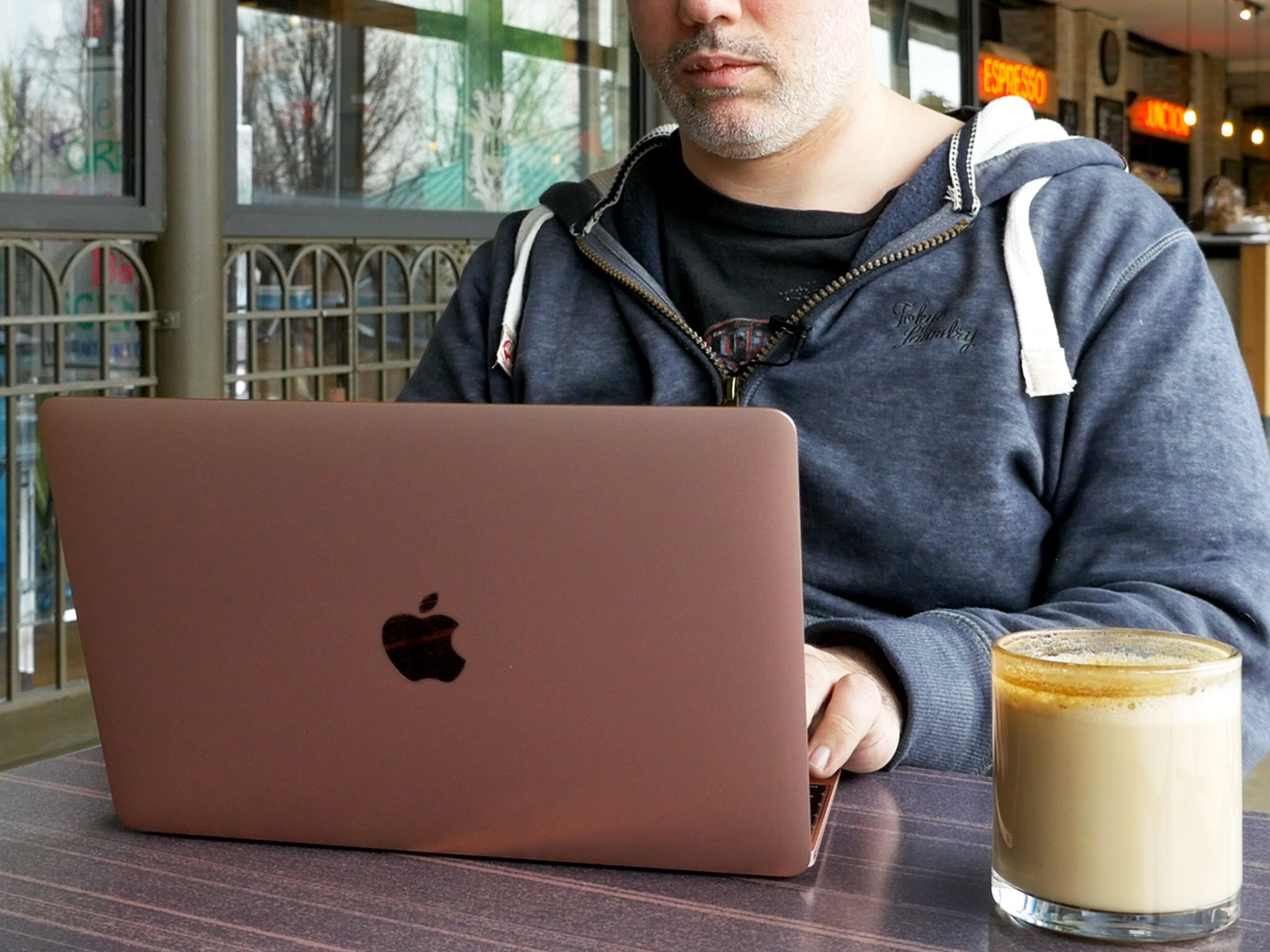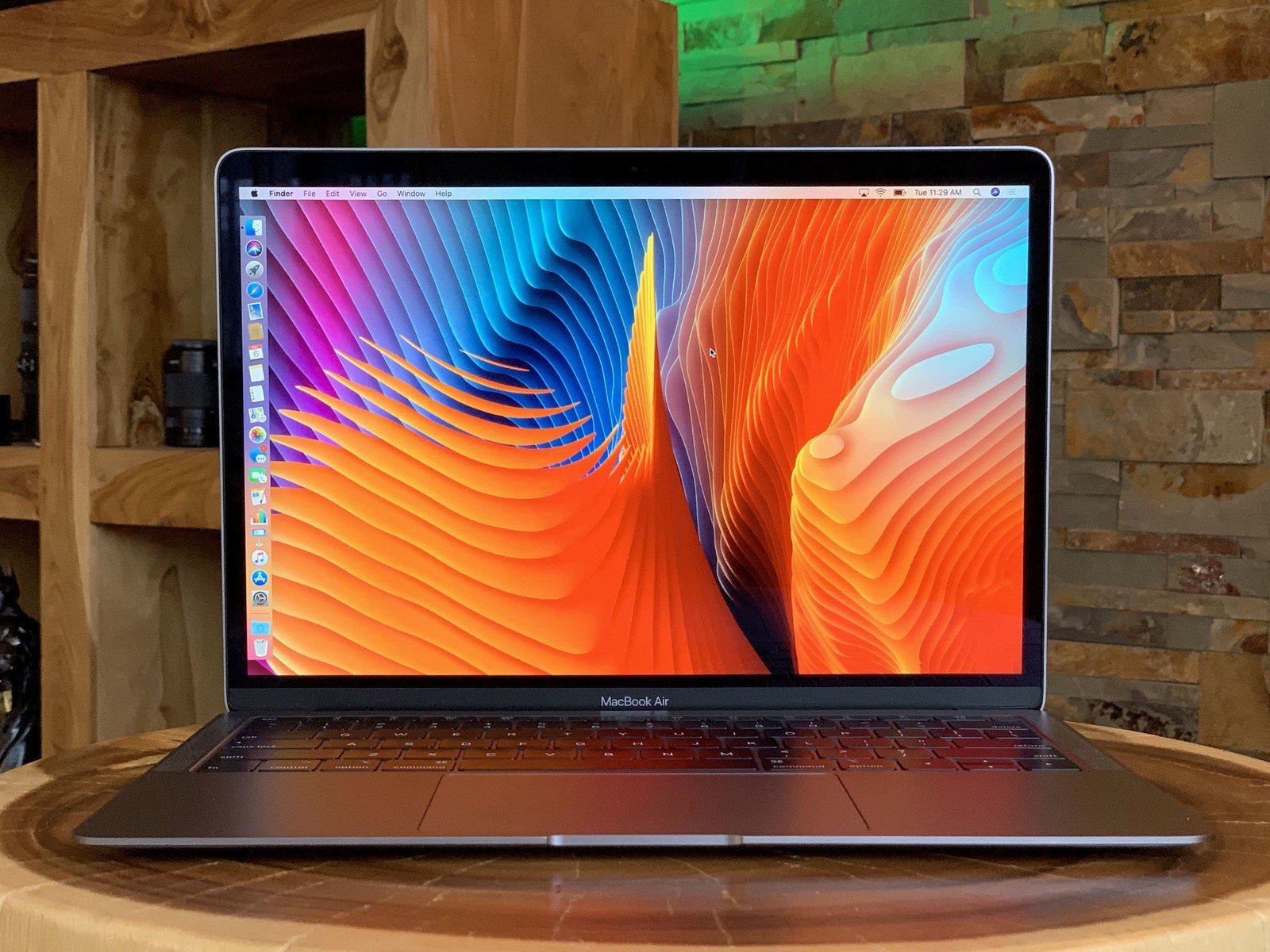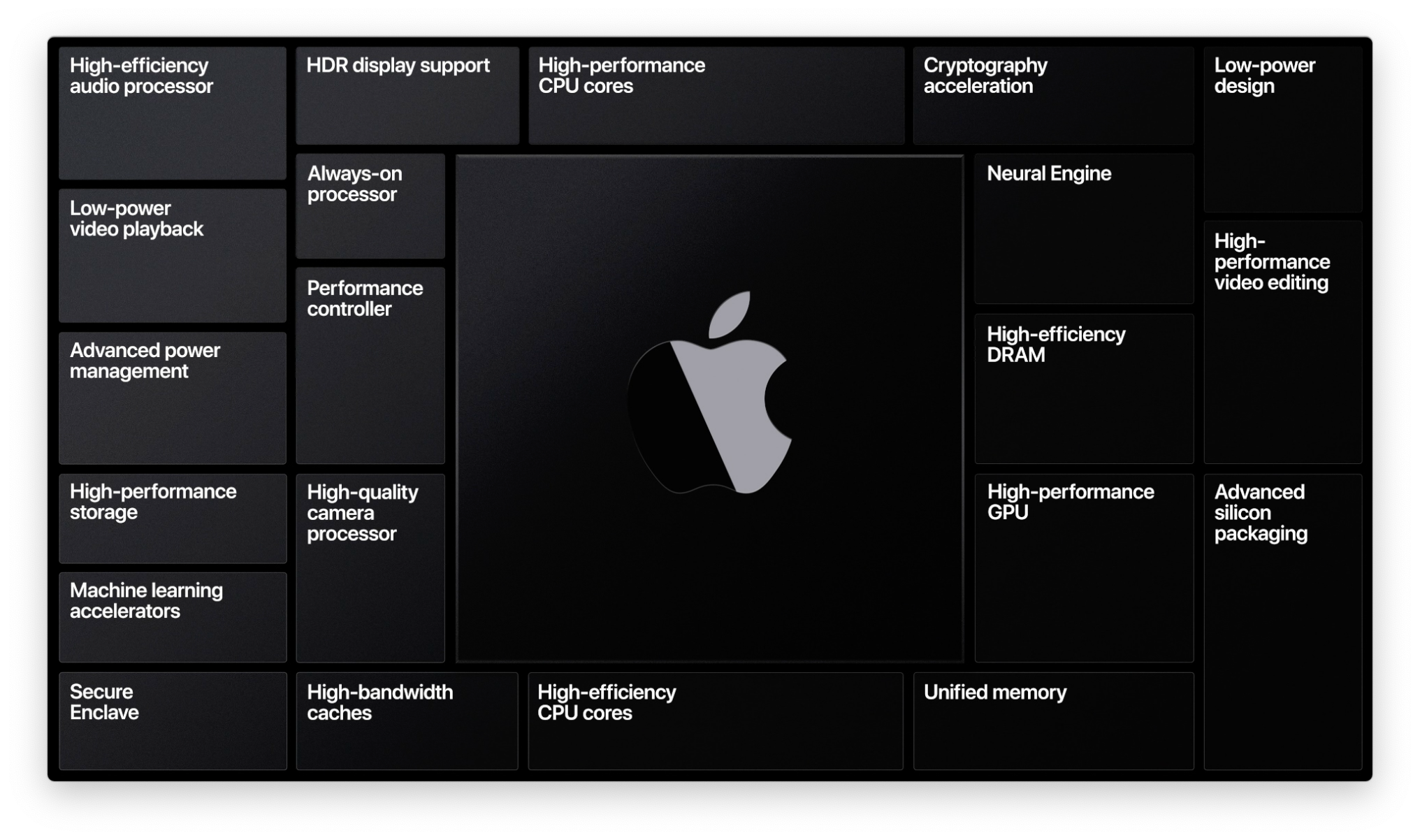Imagining an Apple Silicon 12-inch MacBook Air

The first Apple Silicon Mac system will be coming this year. We know that because Apple's CEO, Tim Cook, told us so at WWDC 2020 back in June. And… while it may or may not be a new 12-inch MacBook Air… I kinda all-shades-of-want it to be a new 12-inch MacBook Air.
And here's what I want it to be...
Design
When Steve Jobs pulled the original 13-inch MacBook Air out of an envelop… it was an industry shocking moment. A symbol of what Apple could do with Intel that they simply could never have done with Power PC.
And it wasn't even that good. It was slow. It had barely any ports. And the ones it did have were hidden behind a Millennium Falcon-style landing ramp. Also: it was hella expensive.
But then, a few years later, Steve Jobs pulled out the second generation Air. The one that solved all the problems of the first. The one with a wedge shaped design, just enough ports, and a price tag that was going to steadily ratchet its way down to that magical number — $999.
Intel clone-stamp-tooled as many of them as they could with as many vendors as they could, to kick start a whole generation of ultrabooks.
Then, Apple tried to do it again. Taking lessons from the iPad, they made an even thinner, lighter, 12-inch MacBook.
Master your iPhone in minutes
iMore offers spot-on advice and guidance from our team of experts, with decades of Apple device experience to lean on. Learn more with iMore!
With a terraced battery to fit even more cells into even less space. A single USB-C port, because if you can't have none you might as well have one. And a butterfly keyboard that would end up costing all of us almost half a decade of pain.
Don't get me wrong. A lot of people loved the 12-inch. But like the original Air, it was the kind of love that hurt.
Unlike the Air, though, the 12-inch never got its second generation. Never got a price drop that made it mainstream. Never got the exceptional update that allowed it to rule.
Instead, Apple went with an all-new 3rd generation MacBook Air.
But, with the advent of Apple Silicon, maybe Apple can keep the Air and stealth it up as well. In other words, maybe Apple can re-imagine the MacBook Air in a way that also re-invents the 12-inch MacBook?
Yeah, por que nos les dos?
Display

Let's start with the display. The current MacBook Air has a 13.3-inch Retina LCD. But that's with fairly chunky old-school bezels.
That's because, so far, only the 16-inch MacBook Pro has had its bezels Thanos-snapped in half. But, if Apple were to similarly snap back the MacBook Air's bezels well, we could probably get that display all the way up to 14-inches. And that's in a case pretty much the same size.
Now, there's been a lot of talk about Apple going all-in on Mini LED. That's the display technology that uses thousands of tiny, 200 micron LEDs, grouped in local dimming zones, to make displays with deeper blacks and contrast ratios much closer to OLED, but without the burn-in, off-axis color shifts, and other problems inherent to OLED.
Now, my guess is that Apple is going to save that for the MacBook Pro, at least to start off with, while costs are still high and yields low. Same with ProMotion 120Hz adaptive refresh rates. Because, the Air's panel has just always been a step below the Pros.
But let's get it at least up to DCI-P3 wide gamut, so the reds and every bit as rich and the greens as deep and the big toys. Because it's 2020 already, damn.
Then, let's take that moment from Steve Jobs' second generation MacBook Air presentation… the one where the 13-inch spun around to reveal an 11-inch as well, and the crowd just lost their socks.
Let's do that again, but with the hot new 14-inch slowly spinning around to reveal that all-new 12-inch as well.
The one that, just like back then, will show ultra-lights what an ultra-light really means.
Of course, here's where some of you will tell me you'd love a touch screen.
And, I'll Han Solo nod and say, I know.
Silicon

Johny Srouji, who runs Apple Silicon, teased a family of systems-on-a-chip for the next generations of Macs. I've done a column here already on why that's so much more than ARM… and so important.
Right now, the test kit Apple made for developers is using the 2020 iPad Pro's A12Z. But, Mac silicon isn't going to be iPad silicon. It's going to be Mac silicon.
Still, if any Mac silicon is going to be most like iPad silicon, I think it'll be what's found in the most iPad-like Mac. In other words, the ultra-light. It'll be closer to what's coming for the iPhone 12 and next-generation of iPads, of course. Maybe including the ARMv9 instruction set architecture, or ISA (eye-sah), on Taiwan Semiconductors 5 nanometer process.
In terms of CPU cores, GPU cores, number of neural engine cores, though, and all the other accelerators and controllers that make Apple Silicon… well, Apple Silicon, I think this will be the closest to that.
Including being fanless. Which the 12-inch MacBook pulled off but only because Intel's Y-series CoreM processors were so… anemic. But, the iPad has always pulled off. Even the iPad Pro, with a chipset that's like… puny Banner to just Hulk Smash by comparison.
And that would just make for an Air that's truly stealth.
Now… I'm not sure about Face ID. I mean, I'd love to have it everywhere, but to maintain product and pricing differentiation between the Air and Pro lines, maybe Touch ID stays?
Like with the A11 on the iPhone 8 and X, and the A13 in the iPhone 11 and SE, the silicon does not care. It can handle either or… even both.
Let me know you prefer in the comments below.
There will be some Mac-specific elements to the silicon as well. Like hypervisor support baked in, and PCIe lanes for Thunderbolt.
Speaking of which…
I/O
The 12-inch MacBook had one port like the original MacBook Air and basically every iPad since Steve Jobs ripped the landscape one off the the prototype. Google it. But every MacBook Air since has had at least two. A couple managed to somehow fit in even more. Wild. I know.
Two USB ports are fine for me on an ultra light. Especially if they'll be the new USB4 ports, which keep the same USB-C connector but fold in the Thunderbolt spec for even faster speeds.
I just really, really want to see them on opposite sides. I know it makes for more complicated power architectures but… worth it. Says the analyst who doesn't have to architect anything.
It's just so much more convenient for plugging in power, peripherals, everything. And ultra-light kinda demands ultra-convenience.
In terms of keyboard and trackpad, I think the current MacBooks are all set.
I know a few people still miss the stability of the butterfly keys, and others the absolute clickity-clackity unit of the MacBooks of yore. But, the current scissor-switch Magic Keyboard is either the best compromise or just the best of all worlds.
The force-touch trackpad has just been aces for years.
The latest spatial audio speakers are also solid. I don't think the Air will get what the 16-inch MacBook Pro has any time soon, but even what the current 13-inchers have is really good.
The only thing that needs to be fixed, and hard, is the terrible 720p-as-in-potato webcams. Those just need to die by fire.
Bump them, notch them, I'll take whatever it takes at this point. Just get a modern iOS-quality FaceTime camera into the Mac and stat.
Pricing
Now, the sweet spot for the MacBook Air has always been $999. But a new MacBook Air has just never debuted at $999. It's always debuted at more. Sometimes much, much more. And then, over time, long, torturous time, it's gone down to $999.
Apple Silicon may eventually be less expensive per chip than what Intel charges, but the up-front R&D and opportunity costs will be huge, and Apple typically tries to make those back up front. When early adopters and excitement drive the least price-sensitive sales.
So, we could see the Air blip back up in price, albeit briefly. But I hope not. Instead, I hope everything Apple's learned about making the full integrated iPad lets them keep it at $999 at launch. Even if that's the 12-inch version and the 14-inch version is $1099 or whatever.
But, I also hope that Apple's master plan is also much like the iPad. Where they continue to push advanced technology at the high end, covered by more premium prices, but then push that technology down the line and down to entry-level pricing.
The average selling price, or ASP, stays roughly the same, just the value increases at both ends for both types of customers.
It's exactly what Apple's done with the $329 iPad, which has gotten more and more features and become a better and better deal year over year.
Letting the latest, greatest Apple Silicon Macs command those premium prices is fine. But if it also lets the entry levels drop down closer to iPad pricing… well, that would be transformative.

Rene Ritchie is one of the most respected Apple analysts in the business, reaching a combined audience of over 40 million readers a month. His YouTube channel, Vector, has over 90 thousand subscribers and 14 million views and his podcasts, including Debug, have been downloaded over 20 million times. He also regularly co-hosts MacBreak Weekly for the TWiT network and co-hosted CES Live! and Talk Mobile. Based in Montreal, Rene is a former director of product marketing, web developer, and graphic designer. He's authored several books and appeared on numerous television and radio segments to discuss Apple and the technology industry. When not working, he likes to cook, grapple, and spend time with his friends and family.
